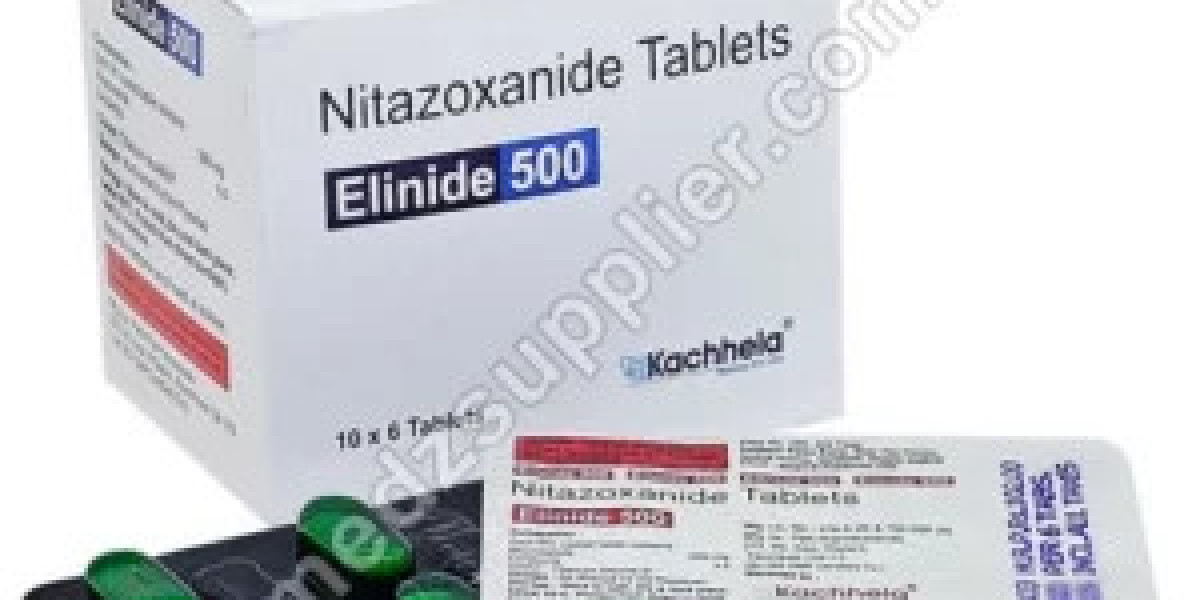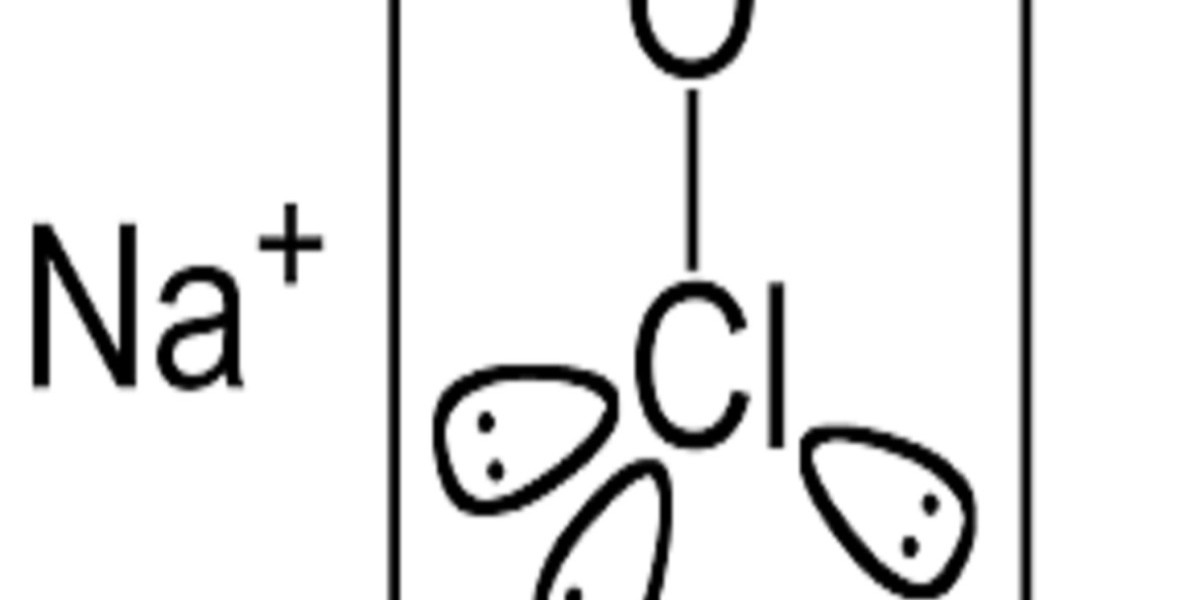Nitazoxanide, available in a 500 mg formulation, is an effective antiparasitic and antiviral medication. Initially developed as a treatment for protozoal infections, it has since been found to have a broad spectrum of activity against various pathogens. This article explores the uses, recommended doses, and potential side effects of nitazoxanide 500 mg.
Uses of Nitazoxanide 500mg
Nitazoxanide 500 mg is primarily prescribed for intestinal protozoal infections and has applications in other infections due to its unique mechanism of action. Below are its common and emerging uses:
1. Protozoal Infections
Nitazoxanide is highly effective against protozoa that cause diarrhea, especially:
Giardiasis
Caused by Giardia lamblia, this infection leads to diarrhea, abdominal discomfort, and malabsorption. The nitazoxanide 500mg has been shown to clear Giardia infections quickly and effectively.
Cryptosporidiosis
Infections with Cryptosporidium parvum are common in immunocompromised individuals, particularly HIV/AIDS patients. Nitazoxanide is among the few effective treatments for this parasite.
2. Helminthic Infections
Nitazoxanide exhibits efficacy against certain intestinal helminths, making it a valuable option in treating mixed parasitic infections.
3. Viral Infections
Nitazoxanide’s antiviral properties stem from its ability to inhibit viral protein production. It has shown promise against:
Rotavirus and Norovirus
These are leading causes of viral gastroenteritis, particularly in children. Nitazoxanide reduces the severity and duration of symptoms.
Hepatitis C Virus (HCV)
It has been studied as an adjunct in combination therapy for HCV.
Influenza
Nitazoxanide has shown activity against influenza A and B viruses, reducing viral replication and illness duration.
4. COVID-19
Nitazoxanide gained attention during the COVID-19 pandemic for its potential to inhibit SARS-CoV-2 replication. Though clinical efficacy varies, it remains an area of active research.
5. Off-Label Uses
- Amebiasis (Entamoeba histolytica)
- Clostridioides difficile infections (mild cases)
Doses of Nitazoxanide 500mg
Nitazoxanide is available in tablet (500 mg) and suspension formulations. The dosage depends on the condition being treated, the patient’s age, weight, and overall health. Below are common dosing guidelines:
Adults (12 years and older)
- Giardiasis and Cryptosporidiosis
- 500 mg orally twice daily with food for 3 days.
- Viral Gastroenteritis (Rotavirus, Norovirus)
- 500 mg twice daily for 3 days.
Influenza
500 mg every 12 hours for 5 days.
Pediatric Dosage
For children under 12, the suspension form is preferred, with doses adjusted by weight:
- 1–3 years: 5 mL (100 mg) every 12 hours for 3 days.
- 4–11 years: 10 mL (200 mg) every 12 hours for 3 days.
Special Populations
Elderly Patients
Dosage adjustments may be required due to altered drug metabolism.
Renal or Hepatic Impairment
Caution is advised, with dose adjustments based on clinical response.
Mechanism of Action
Nitazoxanide works by inhibiting pyruvate:ferredoxin oxidoreductase, an enzyme essential for anaerobic energy metabolism in parasites. In viruses, it interferes with the glycosylation of viral proteins, inhibiting their replication and spread.
Side Effects of Nitazoxanide 500mg
Nitazoxanide is generally well-tolerated, but some individuals may experience mild to moderate side effects. These are categorized into common, uncommon, and rare effects.
1. Common Side Effects
Gastrointestinal Issues
- Nausea
- Vomiting
- Diarrhea
- Abdominal pain
Headache
A frequent complaint among patients.
Changes in Urine Color
Some individuals may notice yellowish-green urine, which is harmless and temporary.
2. Uncommon Side Effects
- Fatigue or dizziness
- Flatulence
- Loss of appetite
3. Rare Side Effects
Allergic Reactions
Rash, itching, or swelling (face, tongue, throat) that requires immediate medical attention.
Liver Enzyme Elevation
Mild and reversible increases in liver transaminases have been reported.
Precautions and Warnings
1. Drug Interactions
Nitazoxanide 500 mg is relatively safe but may interact with other medications
- Anticoagulants (e.g., warfarin) It may increase the risk of bleeding by altering drug metabolism.
- Antiviral Agents Combining nitazoxanide with other antivirals can enhance efficacy but may also increase toxicity.
2. Use in Pregnancy and Breastfeeding
Pregnancy
Limited data is available. Nitazoxanide should only be used if the potential benefits outweigh the risks.
Breastfeeding
The excretion of nitazoxanide in breast milk is unknown; consult a healthcare provider before use.
3. Conditions Requiring Caution
Patients with a history of liver or kidney disease should use nitazoxanide with caution. Immunocompromised individuals, such as those with HIV/AIDS, may require prolonged treatment for Cryptosporidium infections.
Advantages of Nitazoxanide 500mg
Nitazoxanide has gained popularity due to several advantages:
Broad-Spectrum Efficacy
It treats multiple parasitic and viral infections.
Short Treatment Duration
'Most conditions are treated within 3 days, ensuring high patient compliance.
Safety Profile
Minimal severe side effects compared to other antiparasitic drugs.
Oral Administration
Available in easy-to-take tablet and suspension forms.
Storage and Handling
Nitazoxanide 500 mg tablets should be stored at room temperature (15–30°C) in a dry place, away from light and moisture. Keep it out of reach of children. The suspension should be shaken well before use and consumed within the recommended time frame after preparation.
Conclusion
Nitazoxanide 500 mg is a versatile and effective medication for managing a range of parasitic and viral infections. Its ability to address both intestinal protozoa and respiratory viruses makes it a valuable tool in modern medicine. While generally safe, it is essential to use nitazoxanide as directed by a healthcare provider to minimize side effects and ensure optimal outcomes. As research continues, its role in treating emerging viral infections may expand further, solidifying its place in clinical practice.








